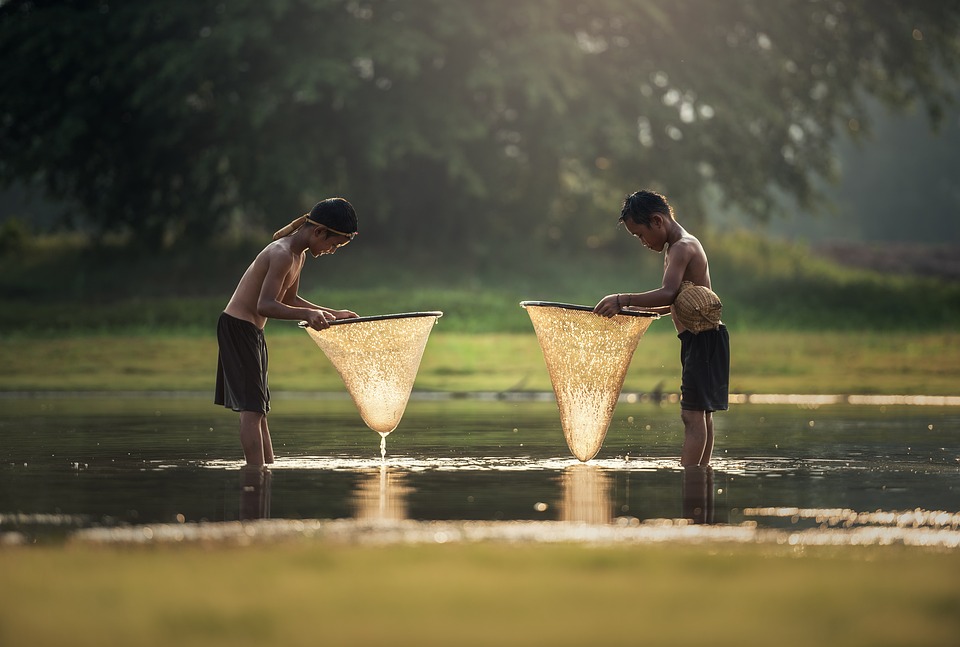Feeding your fish tank inhabitants is a crucial aspect of maintaining their health and overall well-being. While it may seem like a simple task, improper feeding practices can lead to various health issues and even the demise of your aquatic pets. In this article, we will explore the dos and don’ts of feeding your fish tank, ensuring your fish thrive in a nourishing environment. Additionally, we will address frequently asked questions to provide you with comprehensive knowledge on fish nutrition.
Dos:
1. Understand Your Fish’s Dietary Needs: Different fish species have varying dietary requirements. Research and understand the specific nutritional needs of your fish to provide them with appropriate food. Some fish may require a diet rich in protein, while others may thrive on plant-based diets. Knowing your fish’s dietary preferences and requirements is crucial for their overall health.
2. Provide a Balanced Diet: Just like humans, fish require a balanced diet to maintain optimal health. A well-rounded diet typically consists of a combination of commercially available fish flakes, pellets, live or frozen foods, and even fresh vegetables. Ensure you offer a variety of food options to cater to your fish’s nutritional needs.
3. Feed in Moderation: Overfeeding is a common mistake that can have detrimental effects on your fish’s health. Many fish owners tend to believe that feeding their fish more equates to better care. However, overfeeding leads to excessive waste production, compromising water quality and potentially causing health issues. Feed your fish small portions two to three times a day, and observe their eating habits to determine the appropriate quantity.
4. Monitor Water Parameters: While feeding, it is essential to be mindful of the water conditions in your fish tank. Uneaten food can quickly degrade water quality, leading to ammonia spikes and other harmful imbalances. Regularly test your water parameters, such as pH, ammonia, nitrite, and nitrate levels, to ensure they are within the appropriate range. If necessary, perform water changes to maintain a healthy environment for your fish.
5. Remove Excess Food: If any food remains uneaten after a few minutes, promptly remove it from the tank using a fish net or siphon. Leaving excess food in the tank can result in rotting and fouling the water, posing a risk to the fish’s health. Maintaining cleanliness is vital for the overall well-being of your aquatic pets.
Don’ts:
1. Overfeed Your Fish: Overfeeding is one of the most common mistakes fish owners make. Remember, fish have small stomachs and should only consume an amount they can consume within a few minutes. Excessive food can lead to obesity, bloating, and other health problems. Stick to a regular feeding schedule and portion control.
2. Rely Solely on One Type of Food: Feeding only one type of food can deprive your fish of essential nutrients. Variety is key to a balanced diet. Mix different types of commercially available fish food, including flakes, pellets, and frozen or live foods. This ensures your fish receive a wide range of essential nutrients, promoting their overall health and vibrant colors.
3. Feed Spoiled Food: Always check the expiration dates on your fish food containers. Feeding spoiled or expired food can lead to bacterial or fungal infections in your fish. Additionally, avoid using food that has been exposed to moisture or improper storage conditions, as it may harbor harmful pathogens.
4. Feed Wild-Caught Live Prey: While it may seem like a natural choice, feeding your fish wild-caught live prey can introduce diseases and parasites into your tank. These organisms may harm your fish and disrupt the tank’s delicate ecosystem. It is safer to rely on commercially bred or frozen alternatives.
5. Neglect Observation: Pay close attention to your fish’s feeding habits and behavior. If you notice any changes, such as loss of appetite, weight loss, or abnormal swimming patterns, it may indicate underlying health issues. Consult a veterinarian or aquarium professional to address these concerns promptly.
FAQs (Frequently Asked Questions)
Q1: Can I feed my fish human food leftovers?
A: While some human foods may be safe for fish, it is generally not recommended to feed them leftovers. Human food often contains seasonings, oils, and additives that can be harmful to fish. Stick to commercially available fish food to ensure a balanced and safe diet.
Q2: How often should I feed my fish?
A: Generally, feeding your fish small portions two to three times a day is sufficient. However, some species may require more frequent or less frequent feeding. Research the specific dietary needs of your fish to determine the appropriate feeding frequency.
Q3: Can fish be overfed?
A: Yes, fish can be overfed. Overfeeding leads to excess waste production, compromising water quality and potentially causing health problems for the fish. It is crucial to feed your fish in moderation and remove any uneaten food promptly.
Q4: Should I feed my fish live or frozen food?
A: Both live and frozen foods can be suitable options for fish, depending on their dietary requirements. Live foods, such as brine shrimp or bloodworms, provide natural stimulation and may be necessary for certain species. Frozen foods offer convenience and often contain a variety of nutrients. Research your fish’s dietary preferences to determine the best option.
Q5: How long can fish go without food?
A: Fish can go several days without food, depending on their species and overall health. However, it is best to maintain a regular feeding schedule to ensure their nutritional needs are met. If you plan to be away, consider utilizing automatic fish feeders to maintain a consistent feeding routine.
By following these dos and don’ts of feeding your fish tank, you can provide your aquatic pets with a healthy and balanced diet. Remember, a well-nourished fish is a happier and more vibrant fish.









